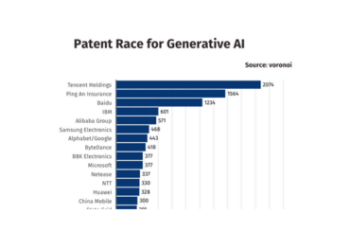
In the first half of 2024, Bank of Ceylon navigated the challenging landscape of the Sri Lankan economy with strategic foresight. Despite heightened competition and global economic uncertainties, BOC delivered a Profit Before Tax (PBT) of 22.4 billion rupees, a growth of 114 percent. This performance underscores the Bank’s resilience and adaptability in an environment marked by fluctuating market conditions and challenges.
Kavan Ratnayaka, Chairman, BOC stated that, “Inspired by 85 years of excellence, the Bank of Ceylon continues to foster progress and innovation. Further initiatives are focused on supporting youth financing, empowering women entrepreneurs, and nurturing startups. Special attention is given to advancing green finance and supporting sustainable development goals, ensuring that growth contributes to environmental sustainability and the well-being of society. These efforts are crucial to driving broader economic growth and creating sustainable opportunities for all. The commitment to these priorities highlights the Bank’s role in shaping a prosperous future for the community”.
During the first half of 2024, the Bank achieved a PBT of 22.4 billion rupees. Demonstrating its ability to reprice its assets and liabilities in line with market condition, net interest income rose significantly to 57.5 billion rupees, marking a 101 percent increase compared to 28.6 billion rupees in the same period of 2023. This growth underscores the Bank’s improved profitability despite the challenging economic environment. The increase in interest income, which rose to 213.1 billion rupees, was partially offset by a rise in interest expenses, which totaled 155.6 billion rupees. This uptick in interest expenses reflects the Bank’s strategic decision to remain competitive by offering attractive deposit rates, crucial for retaining and expanding its deposit base. Net fee and commission income remained robust contributors, amounting to 9.9 billion rupees. This was largely driven by increased activity in card- related transactions and retail banking services. The Bank’s ongoing investment in digital banking has also played a crucial role, as more customers turned to digital channels for their banking needs, further boosting fee and commission income.
In the first half of 2024, the Bank took a cautious approach to credit risk management, mindful of the ongoing uncertainties in both global and local economies. The Bank implemented management overlays to address heightened risks in certain industries, allowing for close monitoring and proactive risk mitigation. This strategy helped the Bank to anticipate potential issues early and set aside adequate provisions for possible credit losses.
Impairment charges amounted to 3.3 billion for loans and advances and 4.6 billion rupees for other financial assets, reflecting challenges faced by sectors still recovering from economic downturns and global disruptions. Despite these provisions, the Bank’s stringent credit monitoring and the relative stabilization of the Sri Lankan Rupee contributed to maintaining a solid financial standing.
The Bank also concentrated on business revival efforts, collaborating closely with customers to support their recovery. These initiatives, along with strategic credit decisions, have helped limit credit losses, ensuring the Bank is well-positioned to contribute to the broader economic recovery.
The Bank reported total operating income of 68.7 billion rupees, reflecting significant growth of 163 percent compared to the previous year. This increase was driven by substantial improvements in net interest income, net fee and commission income and trading income.
Operating expenses amounted to 30.8 billion rupees, marking a 27 percent year- over-year increase, which was mainly due to personnel costs, depreciation, amortization, and other expenses also contributed to the overall increase in costs. The Bank’s operating profit before taxes on financial services reached 30.1 billion rupees, a remarkable 101 percent improvement over the previous year. After accounting for Value Added Tax (VAT) and the Social Security Contribution Levy (SSCL), the PBT stood at 22.4 billion rupees, reflecting a 114 percent increase.





